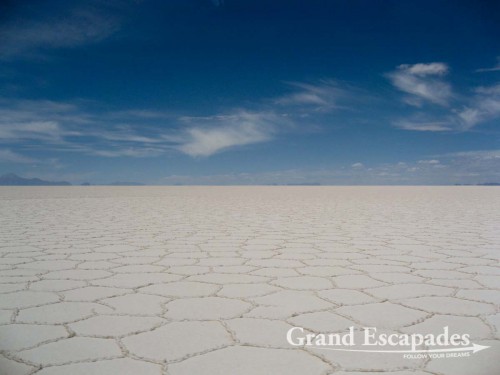
The Salar de Uyuni, the biggest Salt Lake in the world, as big as half of Switzerland! Southwest Bolivia, South America
The Salar de Uyuni or salt flats near the small town of Uyuni are surely one of the highlights when visiting Bolivia, if not South America. At 3.653 meters, with a surface of 12.106 square kilometers, this is the largest salt lake in the world. It covers as much as half of Switzerland! It is 40 meters deep in its centers and the most fascinating fact is that this salt lake grows every year: 2 to 3 centimeters in depth and also in surface.
It is not only the biggest reserve of salt in the world, but of many other minerals. For instance, in the Salar de Uyuni lay no less than 50% of the world reserves of Lithium! But fortunately, the commercial exploitation of the resources of the Salar has been so far controlled and limited to very small areas near Uyuni.
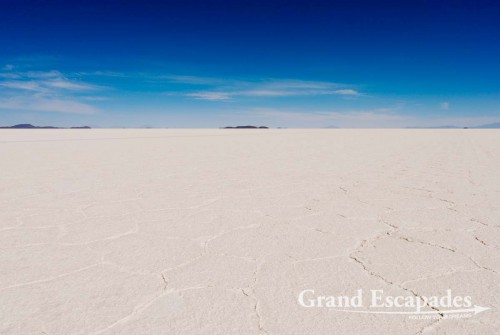
The Salar de Uyuni, the biggest Salt Lake in the world, as big as half of Switzerland! Southwest Bolivia, South America
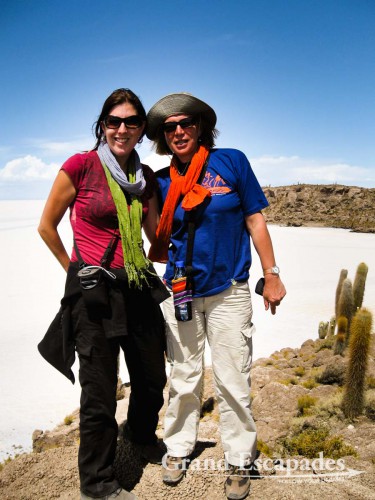
The Incahuasi Island or Fish Island, in the middle of the Salar de Uyuni, Southwest Bolivia, South America
The only sad development is the growing number of “Salt Hotels” that pop up like mushrooms in the edge of the Salar, often lacking proper sanitation facilities. More and more, tourists are recommended avoiding them and not giving them business because of the dangerous environmental impact they have.
The vastness of the white plain is the main attraction, especially since this creates spectacular visual effects. The reflection of the sun makes the little “islands” or hills that exist throughout the Salar seem to float in the air when seen from the distance. The most famous island is Incahuatasi, which is covered with cactuses that grow up to 12 meters.
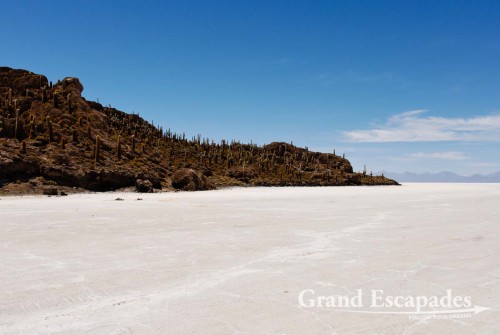
The Incahuasi Island or Fish Island, in the middle of the Salar de Uyuni, Southwest Bolivia, South America
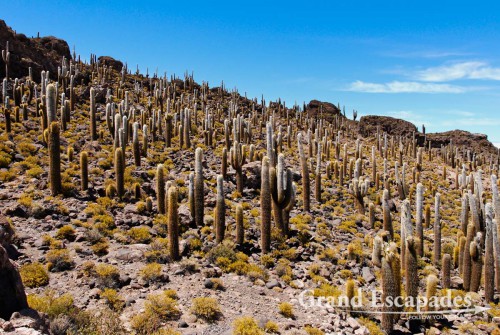
The Incahuasi Island or Fish Island, in the middle of the Salar de Uyuni, Southwest Bolivia, South America
Although this three or four day trip, depending on where you start, is commonly called “Tour of the Salar de Uyuni”, it takes you much further south, to the colorful “Lagunas” near the Chilean border, past majestic volcanoes and a bubbling field of geysers.
The nights are spent in very simple lodgings, all dormitories, which gives it a bit of summer camp feeling, if it were not for the freezing temperatures at night. In November we were lucky, it was only around 0 degree early morning. In July and August it can get down to minus 30! Needless to say that the rooms have no heating, which finally justifies the four thick blankets that seem to be standard in every hotel bed in Bolivia at a certain altitude. The sheer weight of these and the high altitude make breathing a very conscious act.
The whole trip is quite strenuous, since especially on the second and third day, a lot of time is spent in the jeep bouncing along the dusty track.
Back in Uyuni most tourists leave straight away, since this place has little to offer, although I had a really fun night out with three young ladies from La Paz and two guys from Marseilles dancing away to Bolivian tunes. I ran into the girls the day after at Incahuatasi. They still were in their going out dress and had not slept a minute. Luckily they had only booked a day trip.

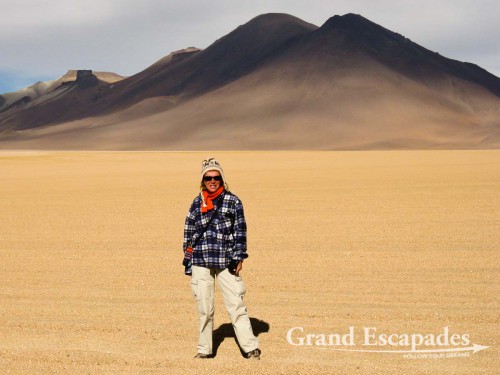
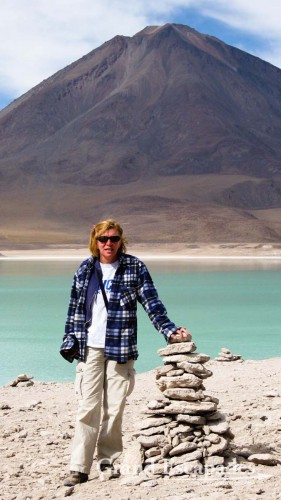
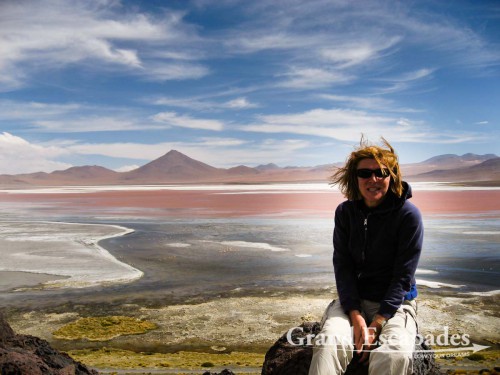
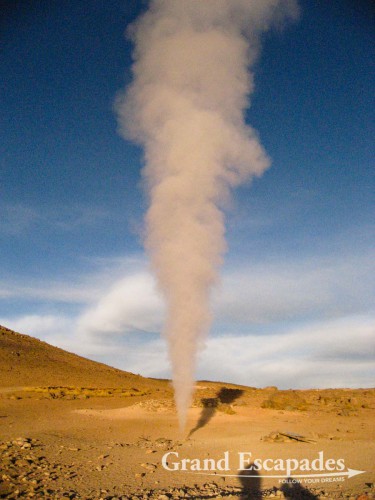
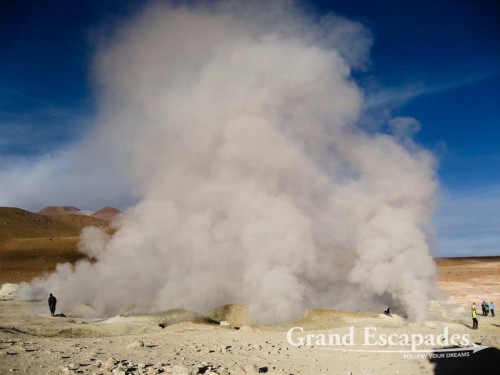
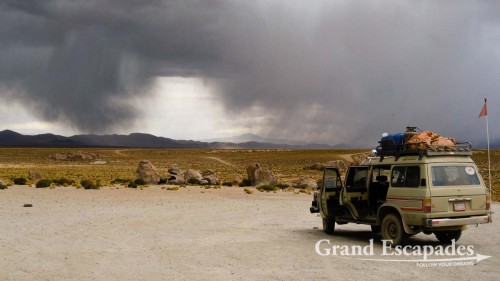
No comments yet.